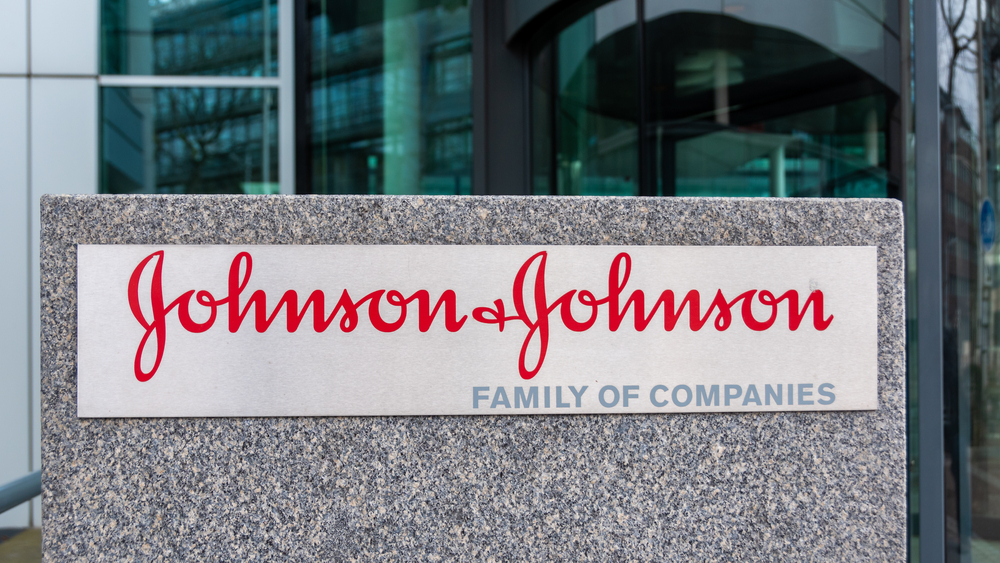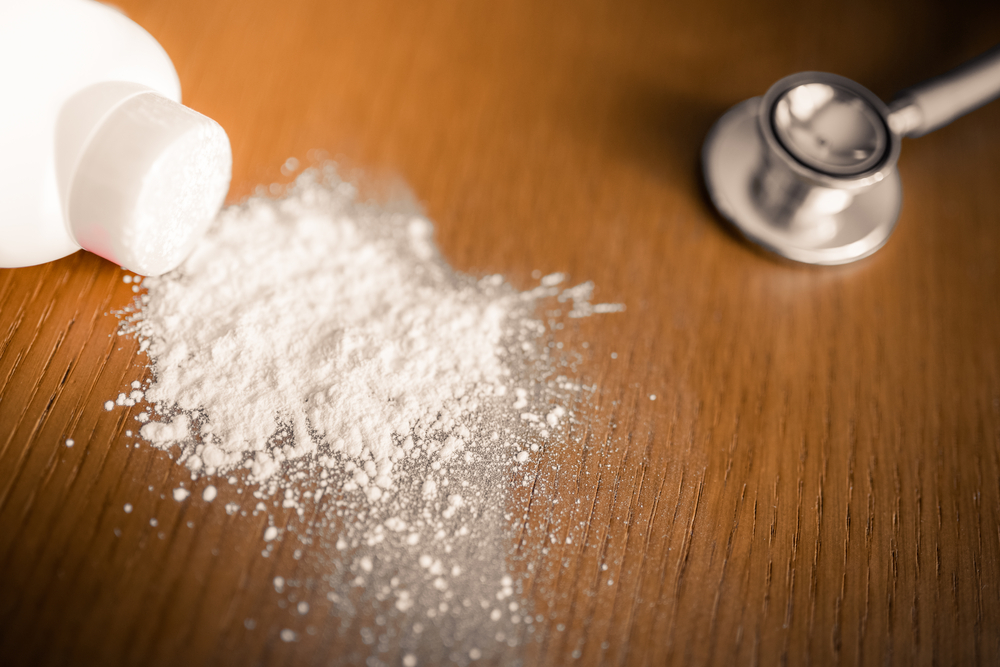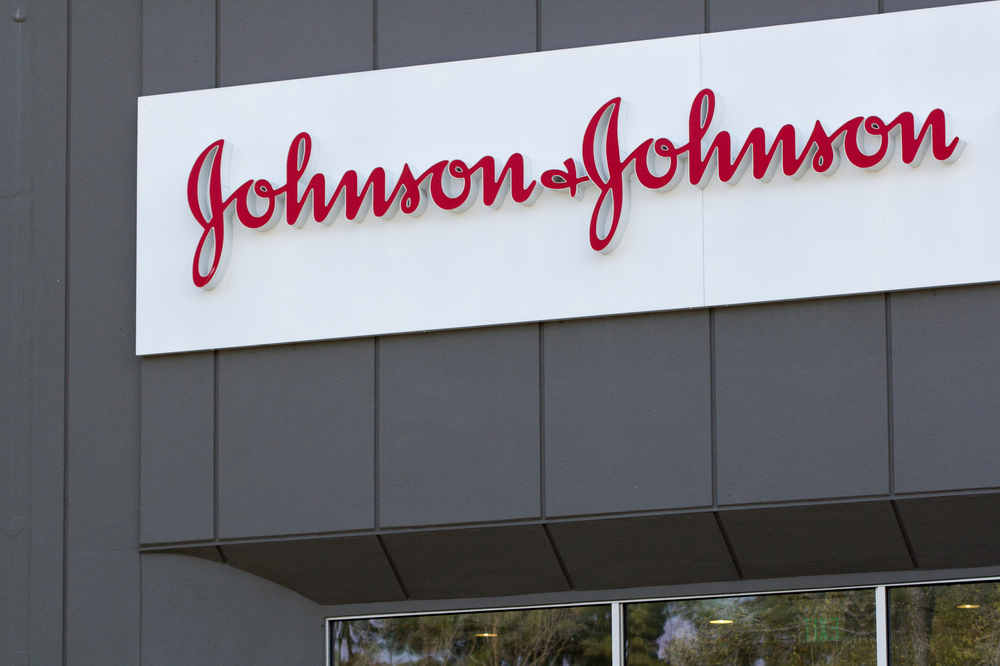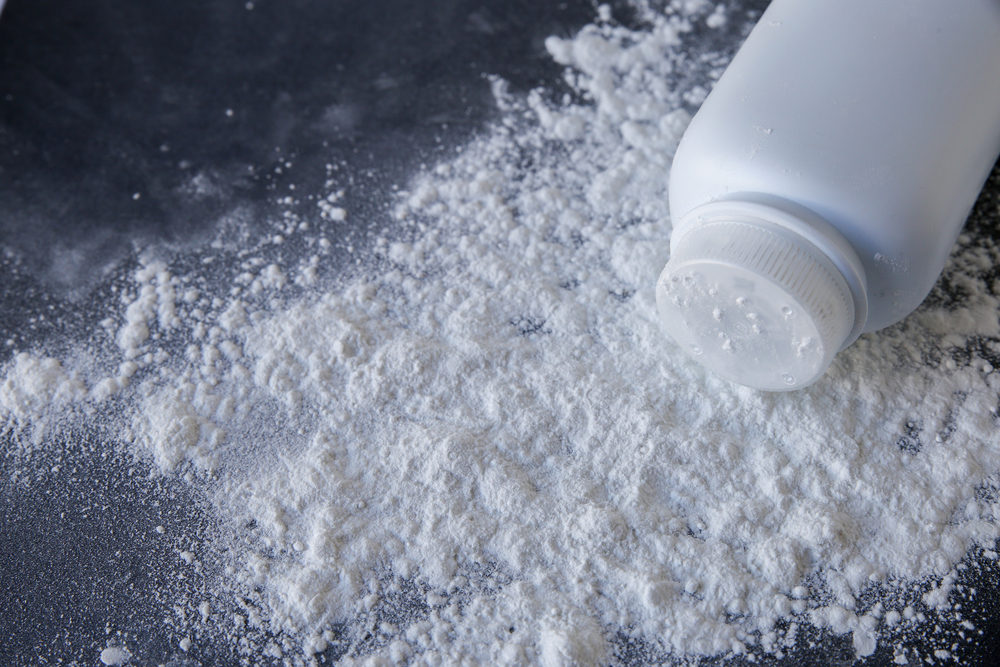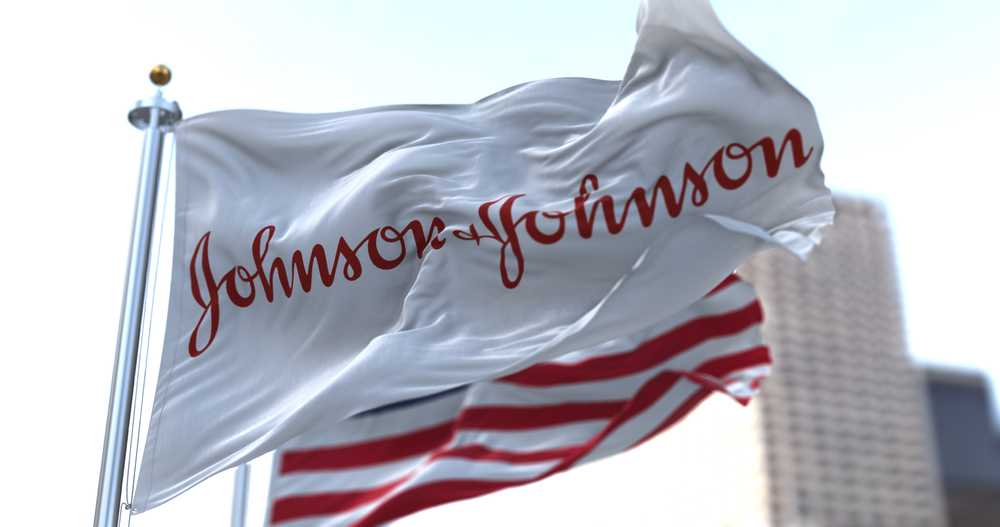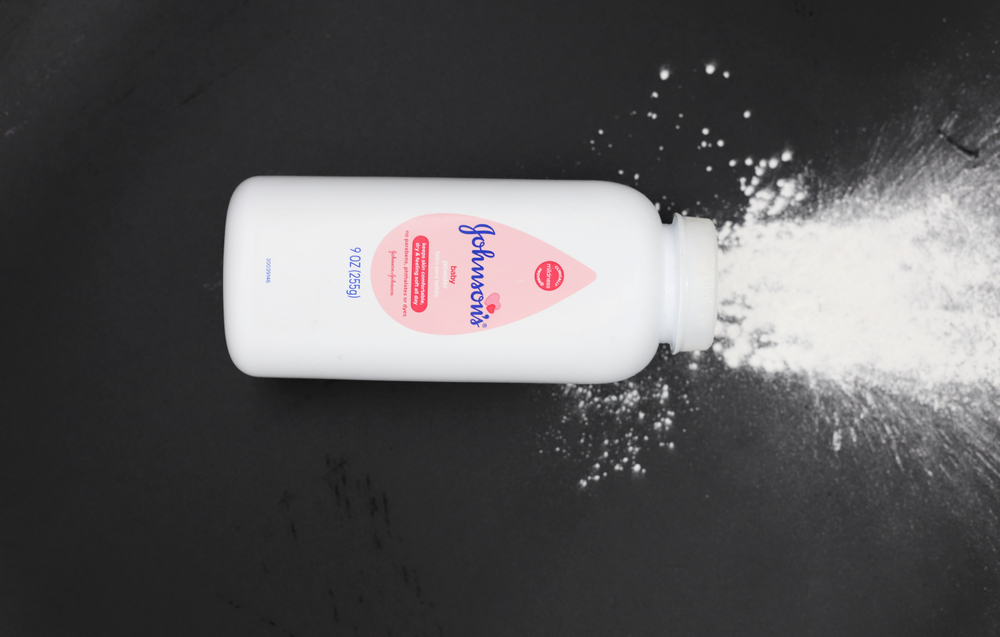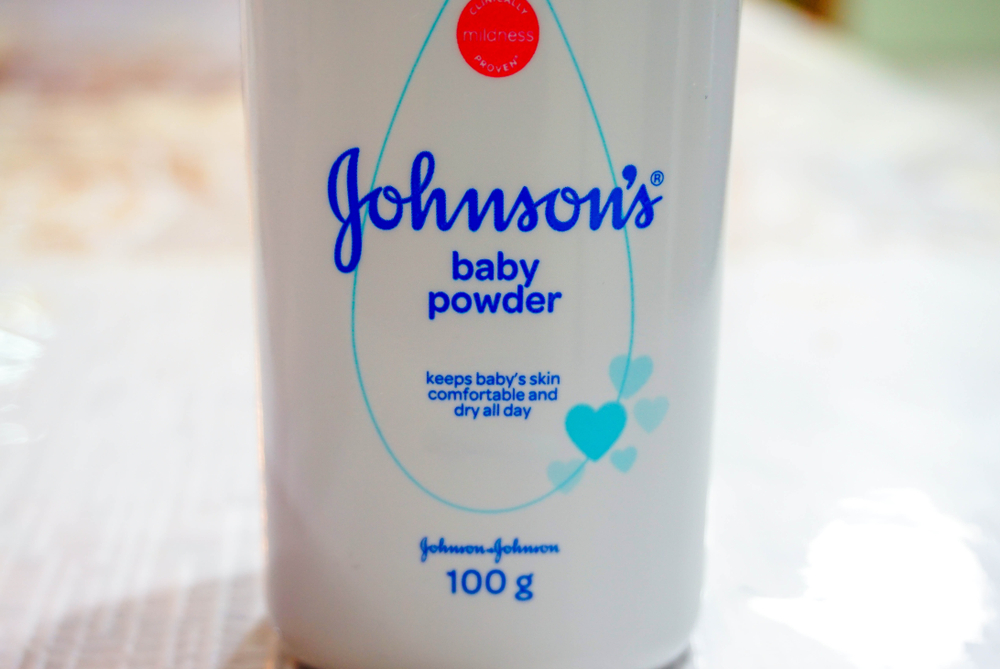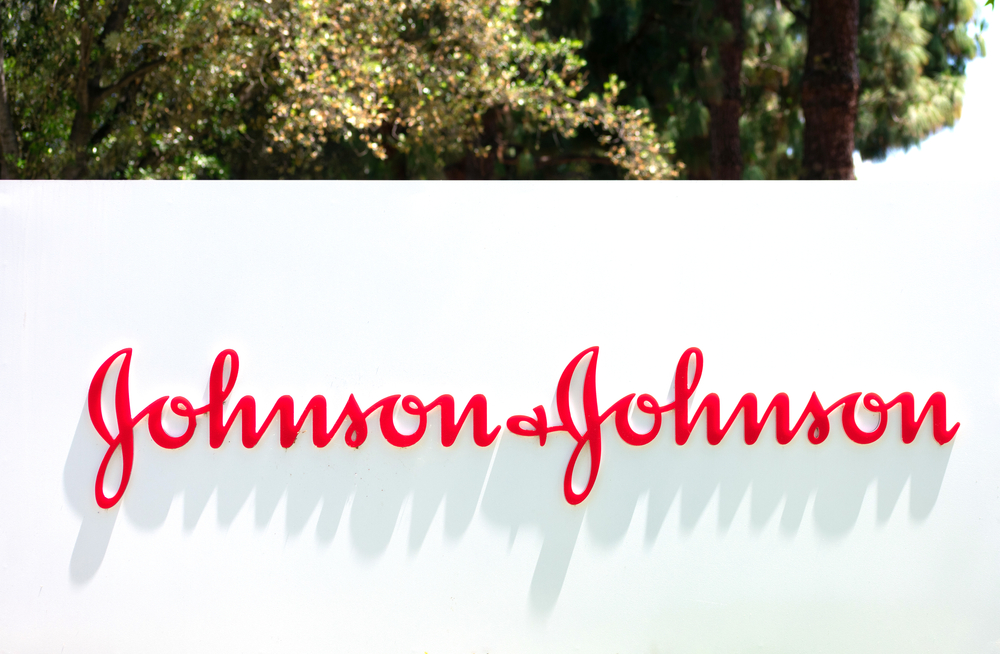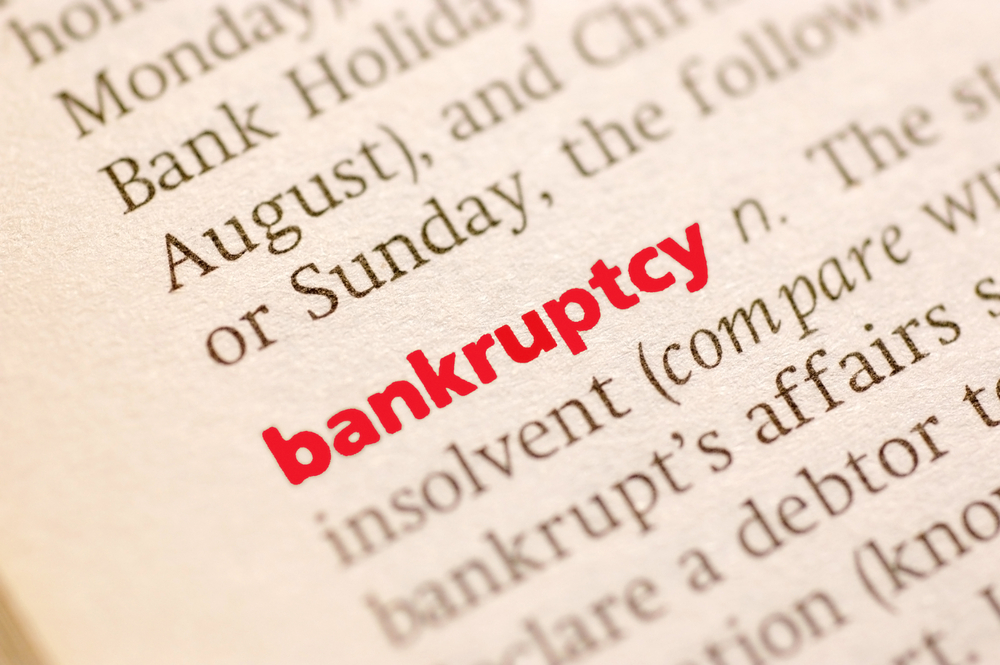Did Johnson & Johnson Have a Secret Plan to Limit Baby Powder Payments?
In an effort to stave off approximately 38,000 lawsuits by individuals who developed cancer after using their baby powder, healthcare giant and household name Johnson & Johnson concocted a secret plan designed to pay out as little as possible.
The company, which makes household care products, pharmaceuticals like the COVID-19 vaccine, and medical devices, is on the hook for potentially billions of dollars as pending cases go to settlement or trial – unless they can successfully use a controversial Texas law to lower their liability significantly.
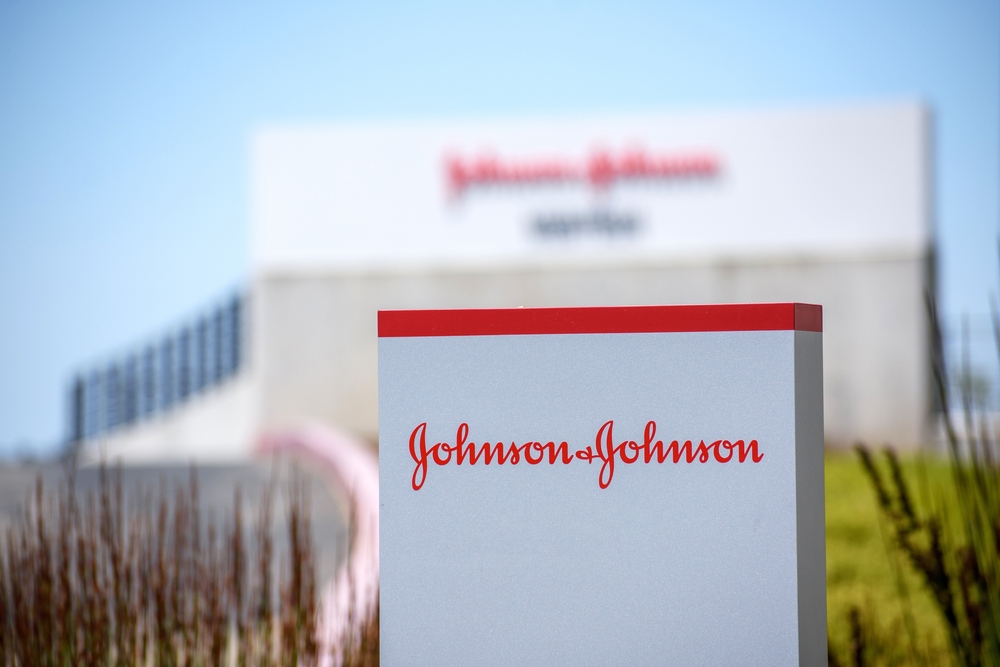
This law, commonly referred to as the “Texas Two-Step,” means a company can conduct a “divisive merger” or split into two entities, then pass most or all of any pending cases against them into one of those entities. The entity, usually a smaller subsidiary that absorbs the lawsuits, can then file for Chapter 11 bankruptcy.
Bankruptcy protection laws halt all litigation and would force the plaintiffs, who could win millions from J&J, to instead compete for a share of the new subsidiary’s much smaller settlement fund.
Opponents of this law say it allows billion-dollar corporations to escape having to compensate customers who are harmed by their dangerous products.
Reuters recently discovered that Johnson & Johnson created a covert internal team to execute the plan and warned team members to share it with no one, even their spouses.
Plaintiffs are awaiting a decision after asking a judge to block the move because the bankruptcy was filed in bad faith.
Asbestos Discovered in Baby Powder Prompted Lawsuits
Talc-based baby powder has been among Johnson & Johnson’s bestselling products throughout its 136-year history. Talc is a mineral popular in cosmetics for its softness and pleasant smell. During the mining process, it can easily become contaminated with asbestos, a well-known carcinogen banned in the U.S. decades ago.
While the first baby powder lawsuit against J&J wasn’t filed until 2009, a 2018 Reuters investigation discovered that the company has known about the presence of asbestos in its talc powder at least since 1957. Unearthed documents from 1971 to the early 2000s proved that Johnson & Johnson executives knew their talc powder contained small amounts of asbestos, made significant efforts to hide that information from the public, and even tried to persuade federal regulators to limit talc research.
It wasn’t until after consumer advocates began raising the alarm in 1980 about asbestos in talc that J&J began manufacturing a cornstarch alternative powder. It took another 30 years for the company to completely discontinue its talc-based powder in May 2020, a decision they attributed to poor sales due to misinformation about its safety.
Talc powder, like any powder, is easily inhaled; when consumers ingest asbestos-tainted talc, there is no way to remove it from the body, especially once it reaches an organ. It is commonly used as a deodorant or to prevent chafing in genital areas and diaper rash on babies. This exposure could cause lung, ovarian and other types of cancers.
“Project Plato” Tasked With Limiting Payouts
More than 30 Johnson & Johnson staff members were assigned to “Project Plato,” the under-wraps strategic team created to redirect the cancer lawsuits out of the trial courts and into LTL Management. This new subsidiary filed for bankruptcy just three days after it was created.
“It is critical that any activities related to Project Plato, including the mere fact the project exists, be kept in strict confidence,” wrote J&J lawyer Chris Andrew in an internal company memo.
While Johnson & Johnson was still publicly proclaiming its intention to fight the allegations in court over the summer of 2021, Project Plato had already been in the works for months.
To execute it, the company created Texas-based LTL Management in October, which then merged with J&J’s existing consumer products sector. That merged company divided itself under the Texas Two-Step law to make the subsidiary take on all talc lawsuits.
J&J Treasurer Michelle Ryan had consulted Moody’s, a credit-ratings firm focused on pharmaceutical businesses, just before Project Plato launched in July. She wanted to know whether LTL’s bankruptcy filing would hurt J&J’s virtually perfect credit rating.
Moody replied that the firm was “highly likely” to focus instead on how filing will positively affect J&J’s finances, which will stay pristine if all the talc lawsuits are shifted to LTL and bankruptcy court.
Before Project Plato, Johnson & Johnson was facing approximately $3.5 billion in verdicts and settlements – less than 1% of its net worth of $435 billion. If the LTL bankruptcy is allowed to proceed, plaintiffs in all 38,000 current cases and additional future cases will have to fight for a share of just $2 billion.
The consumer products sector would then proceed as if the lawsuits had never been filed in the first place, robbing consumers of rightful compensation and sending a message to corporate America that cloak-and-dagger plans to avoid accountability are perfectly legal.









